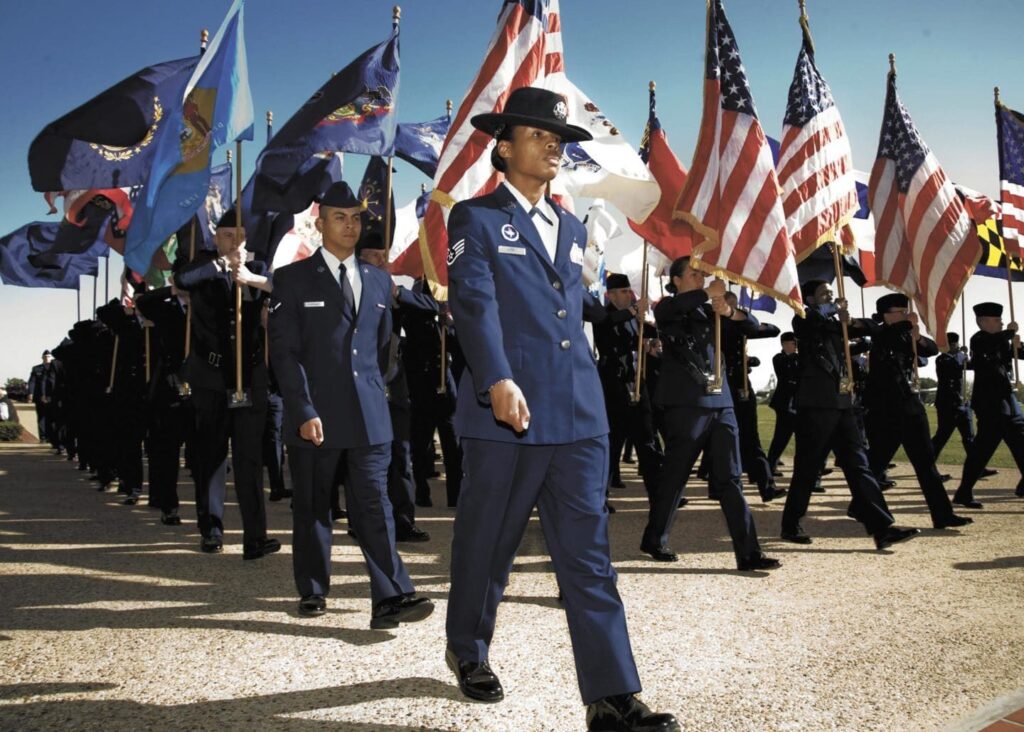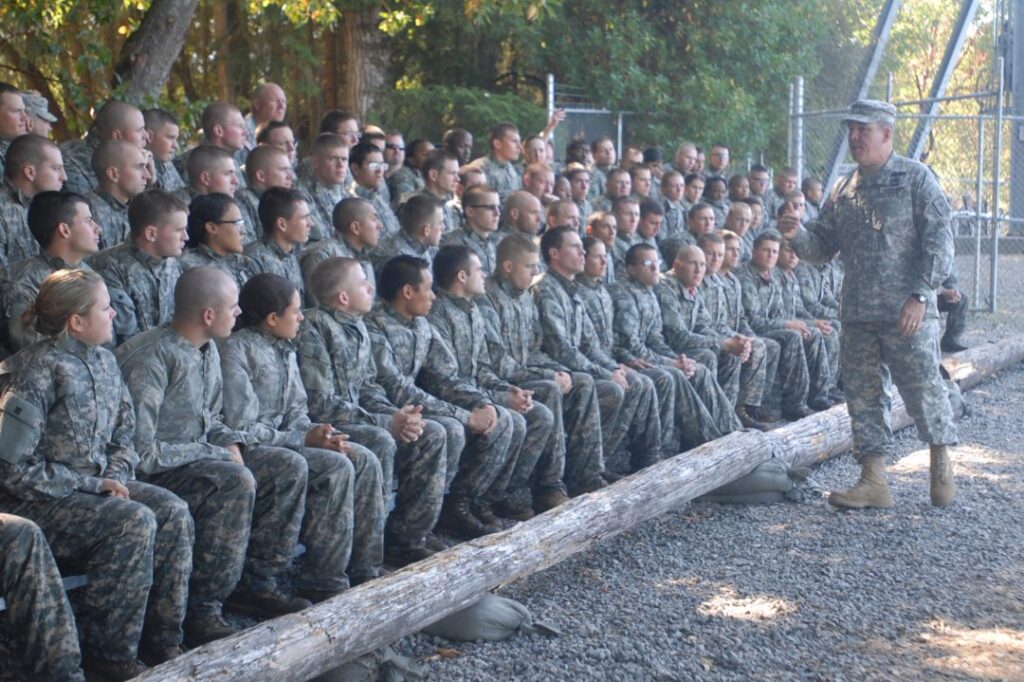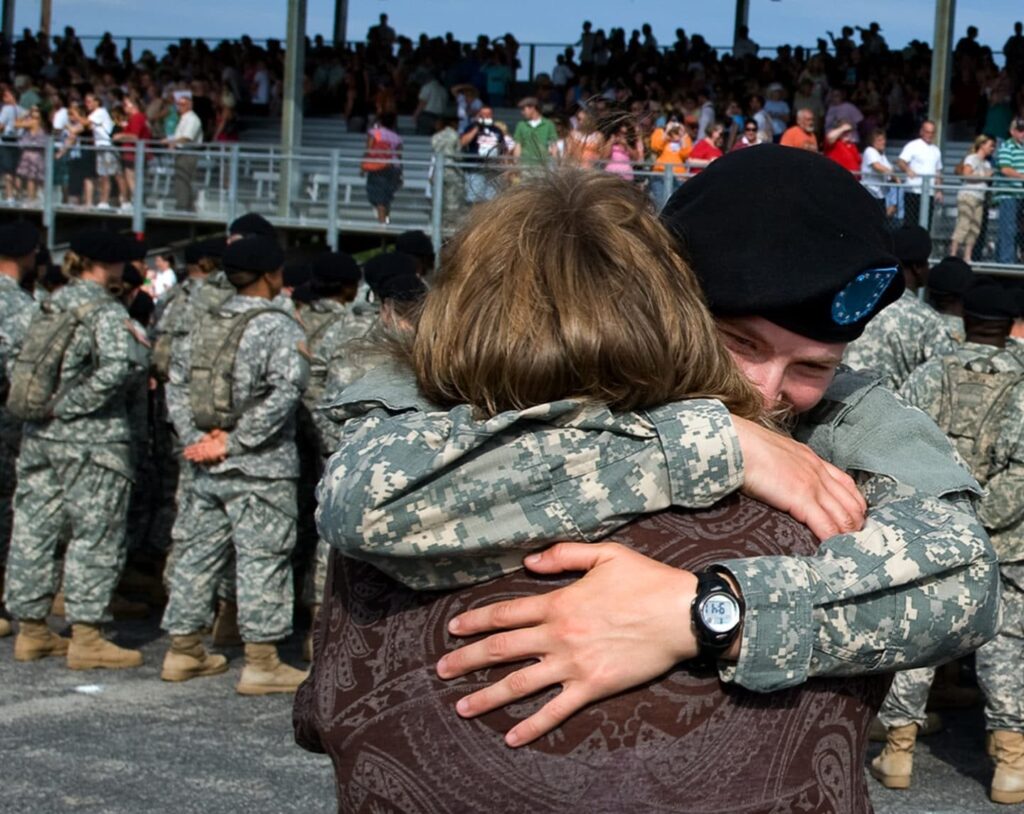
- The App
- Sandboxx News
- Resources
Learn
- Company
About
Become a Partner
Support
- The App
- Sandboxx News
- Resources
Learn
- Company
About
Become a Partner
Support
Ever hear of the U.S. Coast Guard Auxiliary? You’re probably familiar with the Coast Guard and the Coast Guard Reserve, but the Coast Guard...
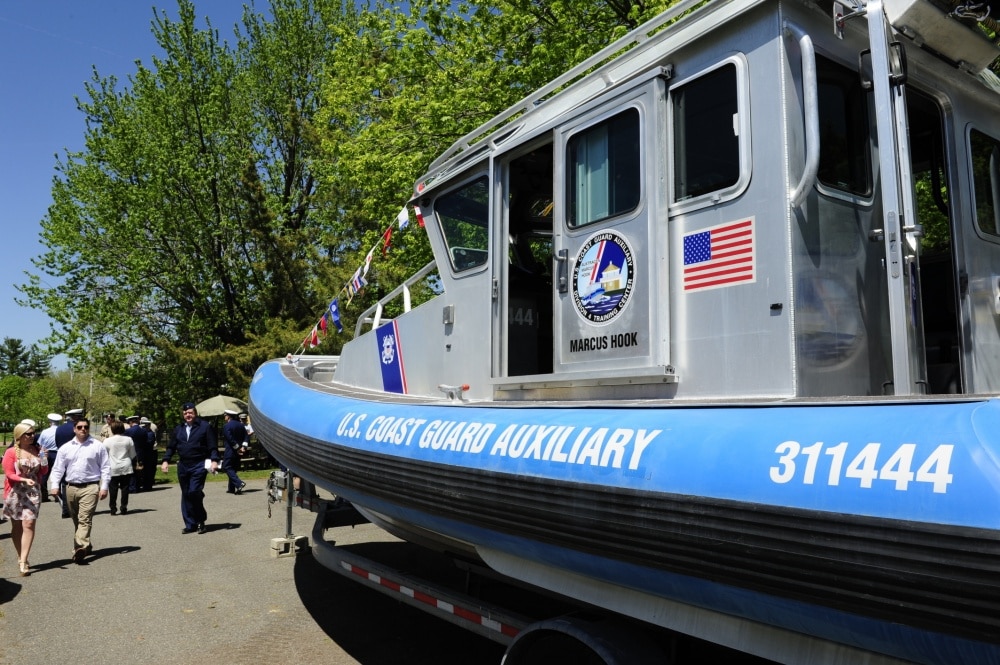
Ever hear of the U.S. Coast Guard Auxiliary?
You’re probably familiar with the Coast Guard and the Coast Guard Reserve, but the Coast Guard Auxiliary is what the Reserves used to be — unpaid volunteers who protect our waterways.
Since last week was the Coast Guard Reserve’s birthday, we figured now would be a perfect time to drop some fun facts about its evolution.
Like the fact that an act of Congress switched the Reserve to what it is today — a paid military position. The unpaid volunteers stayed and became known as the U.S. Coast Guard Auxiliary.
Never heard of the United States Coast Guard Auxiliary?
Here’s a little history lesson and some fun facts:
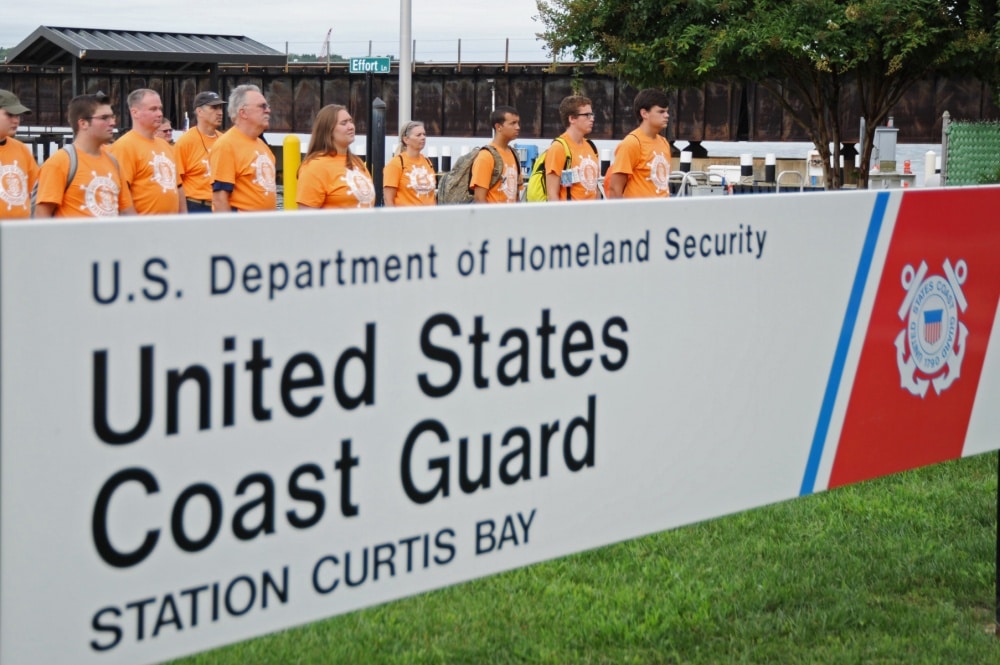
Back in 1939, Congress mandated the Coast Guard use civilians to promote water safety and homeland security. At that time, the Coast Guard Reserve was actually a non-military service where civilian volunteers used personal watercraft to monitor waterways.
On Feb. 19, 1941, Congress amended it with the Auxiliary and Reserve Act of 1941. This turned the Reserves into an active branch and civilian volunteers formed the Auxiliary, which used to be known as the Coast Guard Reserve.
Below, here are seven things you may not have known about the U.S. Coast Guard Auxiliary:
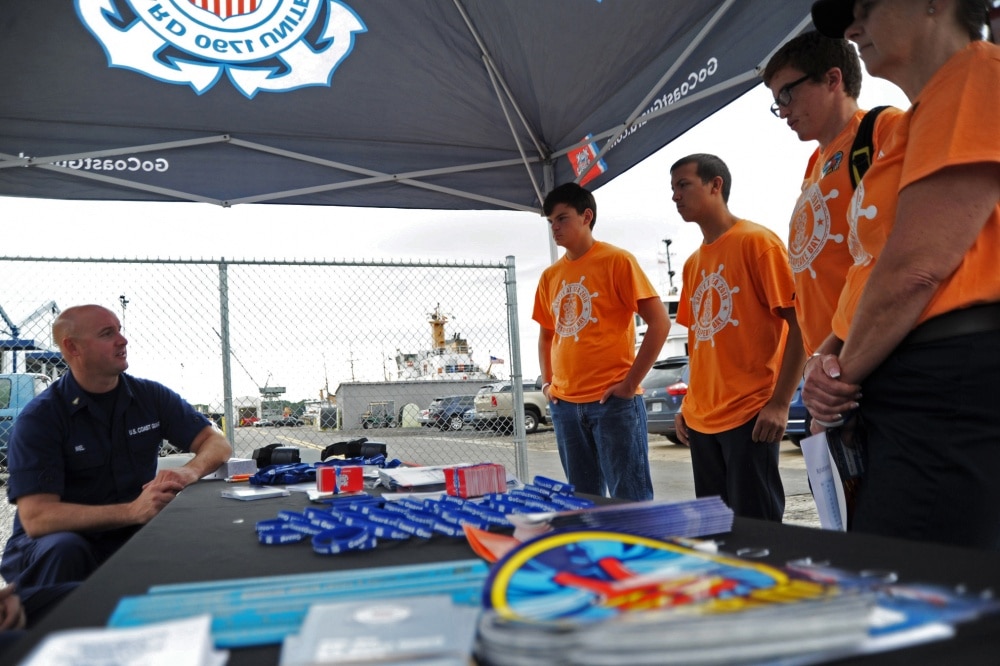
If you love the water and want a career in the Coast Guard, spending time volunteering with the U.S. Coast Guard Auxiliary will give you excellent insight. You’ll get to monitor base security, take calls, and watch for water distress. You can also assist with protecting the public from potential water hazards, too.
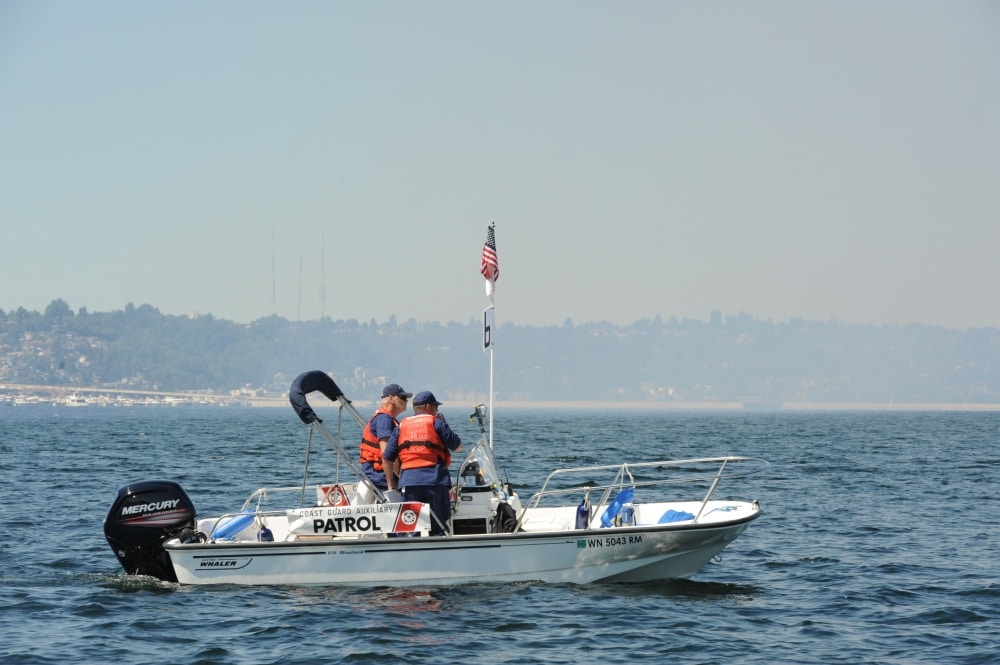
Since World War II, the U.S. Coast Guard Auxiliary has assisted the United States Coast Guard in keeping ports and waterways around the U.S. safe. This all-volunteer organization is open to men and women and boasts almost 26,000 members. Membership is available in all 50 states.
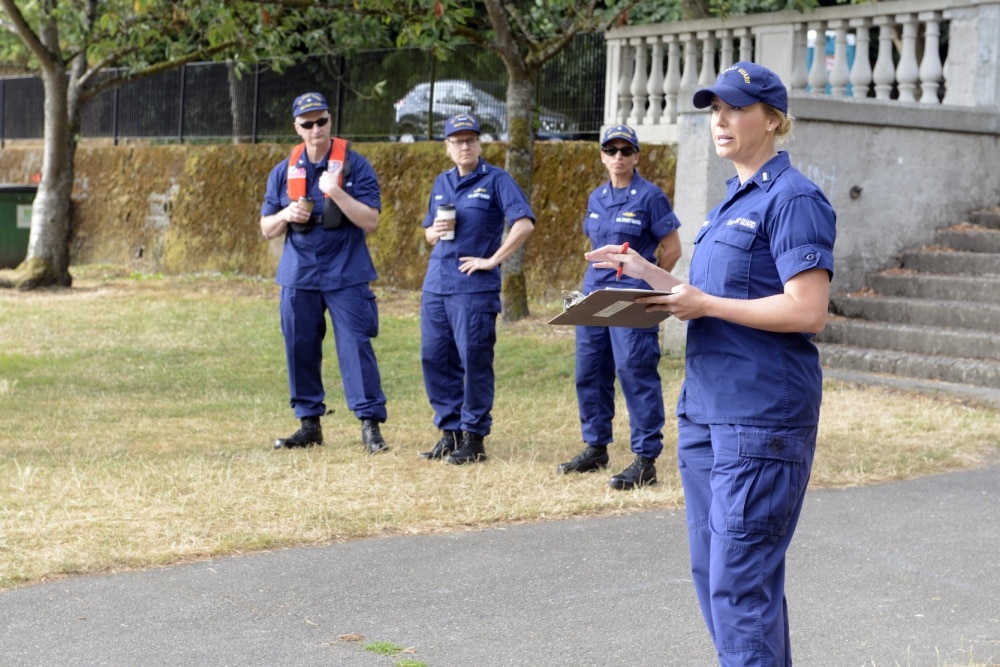
When Mother Nature’s water playground is as unpredictable as it is, it’s important for the Coast Guard and its components to be ready. That’s why the Coast Guard’s Latin motto is Semper Paratus, which means “Always Ready.” This applies to the Auxiliary, too.
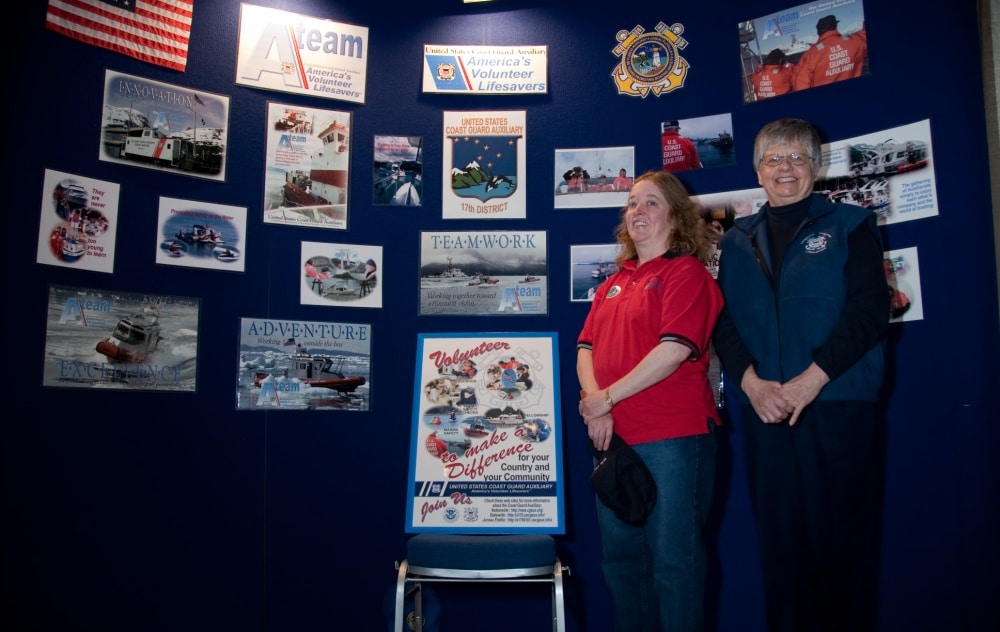
There are 33 ribbons, along with medals and badge for top-notch Auxiliarists to earn during their volunteer time. Members with prior military service are also allowed to wear previous service items as long as they’re in accordance with uniform standards.
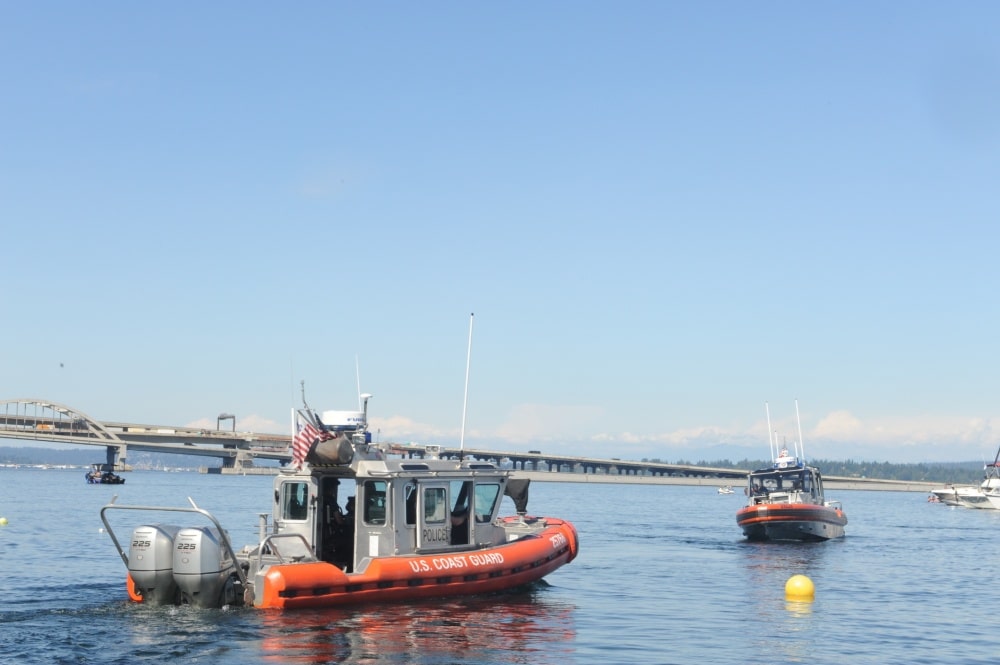
As part of the U.S. Coast Guard Auxiliary, members are responsible for offering free public vessel safety inspections. These inspections help ensure that only up-to-code watercraft are out in public waterways. Upon completion of the inspection, boaters are given a decal that notifies waterway authorities the vessel is safe to operate.
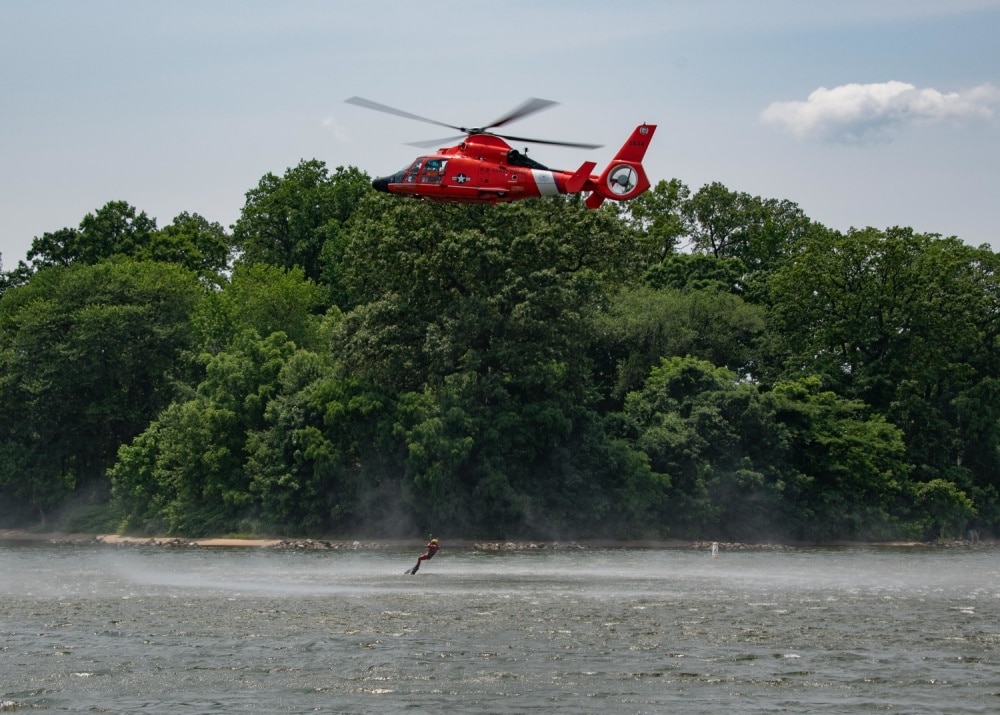
Volunteers in the United States Coast Guard Auxiliary don’t get to be lazy. Because of legislation passed back in 1996, the Auxiliary’s role expanded so Auxilarists could assist the Coast Guard in pretty much all missions. The only exceptions are they can’t participate in direct law enforcement and military operations as authorized by the Commandant.
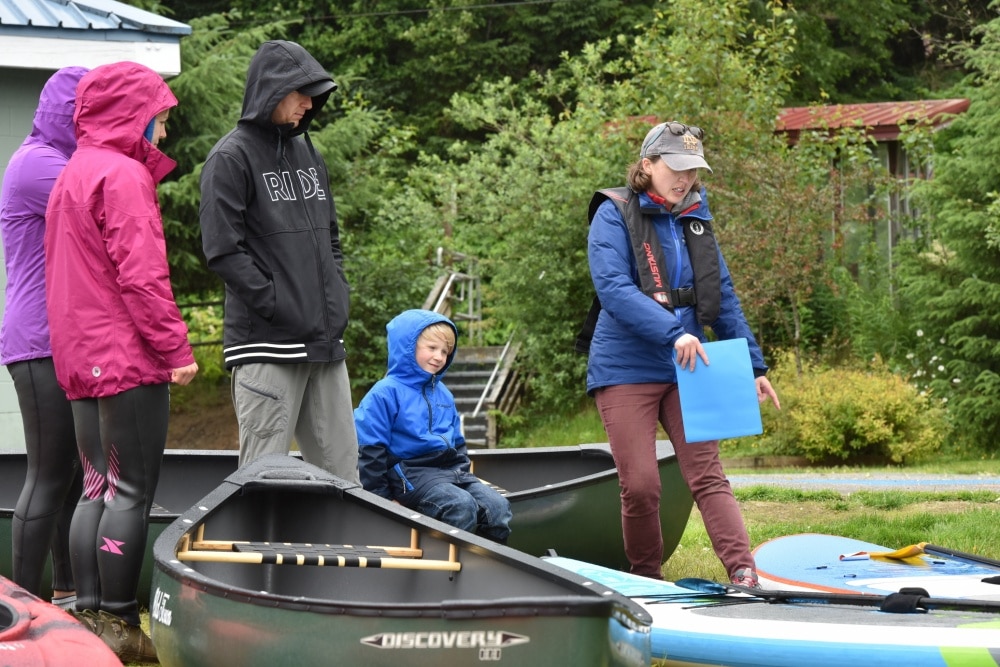
You can’t get much better of a boating instructor than one who has been trained by the United States Coast Guard. Auxiliarists teach classes to boaters of various levels on everything from fundamental topics to advanced ones. Topics include A Paddler’s Guide To Safety, Navigating with GPS, and Sailing Skills & Seamanship, to name a few.
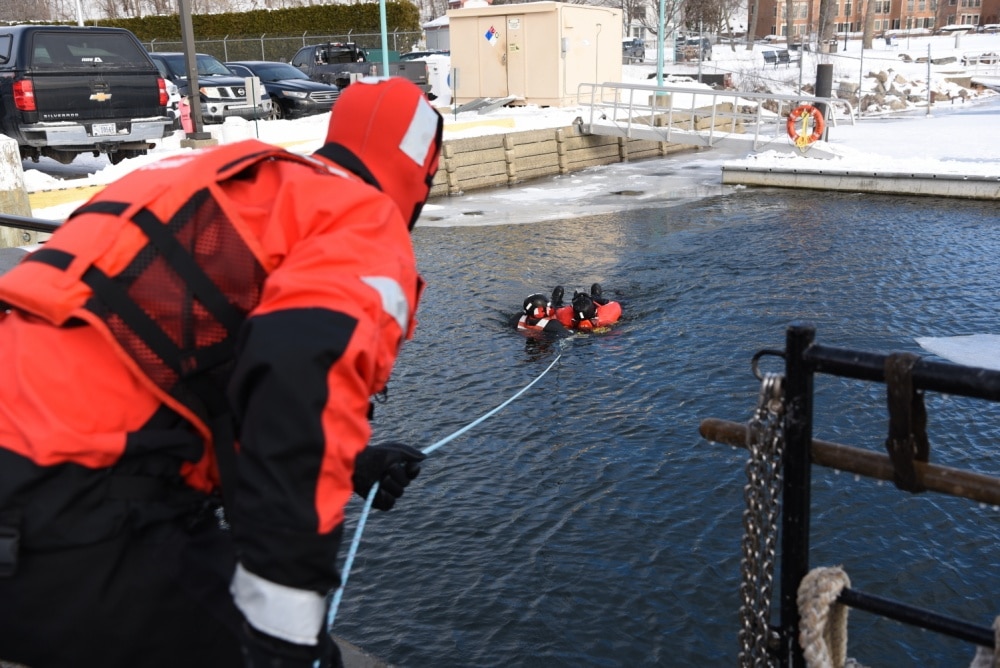
If you’re interested in a Coast Guard career but are still in high school, you may want to consider volunteering for the Auxiliary.
Your volunteer experience can give you a look inside maritime operations and opportunities to network with those who are passionate about the Semper Paratus mission.
While what the Auxiliary does is mild compared to some of the more strenuous rescue missions of the Coast Guard, it’s still a great way to learn about supporting the Coast Guard.
Learn more about how you can contribute to the Auxiliary here.
What do you want to know about the U.S. Coast Guard Auxiliary? Let us know in the comments below. We may feature your idea in an upcoming post!
Feature image: U.S. Coast Guard photo by Petty Officer 1st Class Nick Ameen


